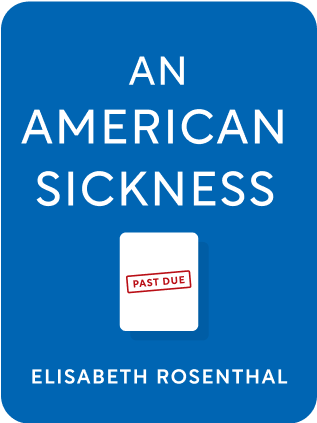

This article is an excerpt from the Shortform book guide to "An American Sickness" by Elisabeth Rosenthal. Shortform has the world's best summaries and analyses of books you should be reading.
Like this article? Sign up for a free trial here .
How do healthcare conglomerates work in America? What effect do they exert on the pricing of drugs in the United States?
In the United States, healthcare systems in local regions have consolidated to provide negotiating power against employers and insurers—this has resulted in the pricing effect. Studies show that healthcare conglomerates in concentrated markets cause prices to increase by over 20%.
Keep reading to learn about the rise of healthcare conglomerates and their implications for the United States healthcare market.
Healthcare Conglomerates in the United States
Say you’re the only major medical provider in town—you might have literally the only maternity ward in the region. The local patient population needs access to you. Therefore, employers have to buy insurance that provides you in-network. Therefore, insurers have to meet your demands, especially around pricing, to sign you.
The pricing effect is real—studies show that hospital mergers in concentrated markets cause prices to increase by over 20%. Low-competition areas show symptoms of higher premiums, higher medical prices, and possibly suboptimal care and overtreatment
Counter-intuitively, the prices may not be lowered with competition. The large players might set a high price, which emboldens smaller players to raise the prices as well. This is just one way that the healthcare market is dysfunctional, compared to the idealized economics free market.
The Advantages of Being Large
Healthcare conglomerates span a huge range of services and consist of hospitals, ambulatory care clinics, nursing facilities, and large physician networks.
Being part of a health system opens up opportunities for more aggressive billing. For example, say a health system purchases a primary care office. Now a visit to a primary care doctor can tack on facility fees to the charges; doctors can also bill visits and tests as hospital charges, which earn higher rates. All this is allowed despite the fact that the doctor visit hasn’t changed or gotten more effective.
The patient can suffer under these changes. Some insurers require a higher deductible for hospital fees, and so the higher costs get pushed onto patients.
With their size, hospitals also demand other terms favorable to them, like forcing certain procedures (e.g. drug infusions) to be done in hospitals.
The Large Keep Getting Larger
Size begets size. Large healthcare systems can pressure smaller players into being acquired in order to access the system’s services. It can also pressure insurers into dropping smaller players.
Sutter Health is an exemplar of aggressive consolidation, buying hospitals and restructuring around more profitable services. It downsizes less profitable hospitals to the bare minimum to meet Medicare’s 25-bed critical access designation, which raises reimbursement rates.
Electronic Medical Records
Obama’s 2009 HITECH Act gave $19 billion in incentives to providers to adopt EMRs. While this advanced the adoption of technology, it had a critical omission in not requiring intercompatibility between EMRs.
Like many software companies, EMR vendors such as Epic desire low intercompatibility to increase switching costs. Once you get used to a system, if you can’t easily export your records, you tend to stick with the system you’re currently using.
Because EMRs aren’t intercompatible, they can’t talk to each other. Patient records at one hospital are difficult to transport to other hospitals.
Non-intercompatibility is good for providers too. Large health systems can charge smaller players fees to get into its medical system. It can also impede importing of outside test data, which raises friction for doctors and thus encourages the use of testing in the hospital (with its outsized prices). The EMRs are complicit in this too—they can change the default workups to use in-hospital testing.

———End of Preview———
Like what you just read? Read the rest of the world's best book summary and analysis of Elisabeth Rosenthal's "An American Sickness" at Shortform .
Here's what you'll find in our full An American Sickness summary :
- How U.S. healthcare got to the state it's in today
- Why it's so difficult to make any changes to the healthcare system
- What you can do to lower your personal healthcare costs






